Brunel Sculpture GardenEmile Brunel (1874 - 1944)
Extant
4008 State Route 28 , Boiceville, New York, 12412, United States
1921 to 1941
The Brunel Sculpture Garden is open to the public for self-guided tours from 1 to 5 p.m. daily. A $5 per person donation is appreciated.
About the Artist/Site
Emile Brunel immigrated to the United States from France in 1904, and after chasing adventure in the West, he created a sculpture garden as an ode to his appreciation for the culture of numerous Native American tribes he encountered there. Dedicated to “the mysteries and grandeur of nature,” Brunel’s sculpture garden was a notable roadside attraction in Upstate New York beginning in the 1920s–a period of growing American leisure–until the late 1950s.
Brunel was born in Châteauneuf-de-Chabre, France in 1874. In his early thirties, he left France for the United States to seek the action presented in popular representations of the American West. (The novel The Virginian by Owen Wister, for example, is understood to have established the “Western” genre and was published in 1902.) Intent on capturing the wonder of the frontier on canvas, Brunel painted as he traveled and supported himself as an itinerant artist, designing signs and advertisements for circuses and liquor companies. While traveling, he met his future wife Gladyse McCloud who was a student at the San Francisco Art Institute. Brunel asked her father for permission to marry her; however, as McCloud was only 14 at the time, her father refused. Emile traveled back to the East Coast and then to France, returning two years later when McCloud was 16 and allowed to marry.
Brunel eventually turned to photography (the first mass market camera having become available in the early 1900s) to document the lives of Indigenous people he encountered throughout his travels. After achieving some commercial success, he moved to New York City where he became embedded in the city’s arts and culture scene. He worked on several motion pictures, including one with famed director Cecil B. Demille, served as a photojournalist for the New York Times Magazine, and became a professional portrait photographer–eventually opening 37 portrait studios throughout the city as well as establishing the New York Institute of Photography in 1910 which exists to this day. He is also credited as perfecting one-hour photo development which brought him considerable financial success.
In 1921, Brunel began purchasing land in the Catskills, including one parcel with a hotel on its grounds. He renamed the hotel Le Chalet Indien and immediately set to modernizing the facilities and adding amenities like tennis and croquet courts and what is thought to be the first Olympic-sized pool in the Catskills. The hotel property fortuitously abutted one of New York’s most popular driving paths–New York Route 28–and was a favorite stop for tourists passing through the area, including a long list of public figures like Max Ernst, Franklin D. and Eleanor Roosevelt, the Duke of Windsor and Wallis Simpson, Harold Pinter, Enrico Caruso, Frederick and Stefi Kiesler, Sidney and Harriet Janis, Irving Berlin, and many more who listed Le Chalet as their summer address between the wars and during WWII.
As a tribute to the Native Americans that Brunel encountered on his travels out west (and for his own amusement), he began creating large sculptures featuring Native American figures and iconography as well as smaller animal sculptures on the grounds of his studio/residence. The largest sculptures–Moon Haw Haw, Natache, and Great White Spirit–were made by filling a wire mesh mold with rocks and then building up the exterior with concrete by hand. The giant statues were anchored by steel pipes plunging 10 feet into the ground. Brunel’s first sculpture on the property Le Statue de la Territoire (the Brunel Totem) depicts Brunel, his family, and animistic symbols local to the area and was completed in 1929. Brunel’s final sculpture Great White Spirit is a 30 foot tree with spreading roots. Four faces at the top of the tree are intended to represent the world’s largest religions–Christianity, Islam, Judaism, and Buddhism. Four faces at the bottom of the tree represent the antithesis of the gods at the top: Satan, Bacchus, Pharaoh, and Devadatta. Brunel frequently delighted guests by climbing to the top, where his ashes are interred.
There are fourteen sculptural works by Brunel still present on the site (including the aforementioned pieces)–three totems; a stork and gargoyle (both odes to his native France); a columnar fountain centerpiece; a large frog; a bas-relief spanning the side of the studio/residence featuring a Native American village celebrating a successful hunt; a bas-relief medallion with Brunel and his wife in profile and the house motto “Le Don de Dieu” or “Gift of God;” a statue of Brunel’s Brussels Griffon named Caprice who lived to be 22; and a large bust of a Native American chief that also operated as the chimney of Brunel’s barbecue grill. All of the sculptures were completed between 1929 and 1941.
Brunel passed away in 1944, and the inn closed soon after; however, his wife and daughter (also named Gladyse) continued to operate the inn and the Indian Trading Post and Museum which included Brunel’s large collection of artwork and artifacts collected on his travels until their deaths in 1951 and 1985, respectively. The home and property was purchased by private owners in 1997, listed on the National Register of Historic Places in 1999, and a 501c3 called the Friends of Brunel Park was formed in 2018 with the mission to preserve the site as a unique landmark; celebrate the legacy of Emile Brunel; introduce the public to the culture, knowledge, traditions, and lifeways of Native American tribes; provide local arts and cultural resources, including an artist residency program; and to raise funds for ongoing preservation and maintenance efforts. The Garden is open to the public for self-guided tours from 1 to 5 p.m. daily. A $5 per person donation is appreciated.
Sources:
- www.brunelpark.org
- National Register of Historic Places registration form, prepared by John A. Bonafide, 1999
Contributors
Materials
wire mesh, concrete
MEDIA
Brunel Park Sculpture Garden (2024)
Videographer: Geoffrey C. Baer. Music: Halluci Nation Ft. Bear Powwow, June 2016.
Map & Site Information
4008 State Route 28
Boiceville, New York, 12412
us
Latitude/Longitude: 42.0042875 / -74.2655836
Nearby Environments


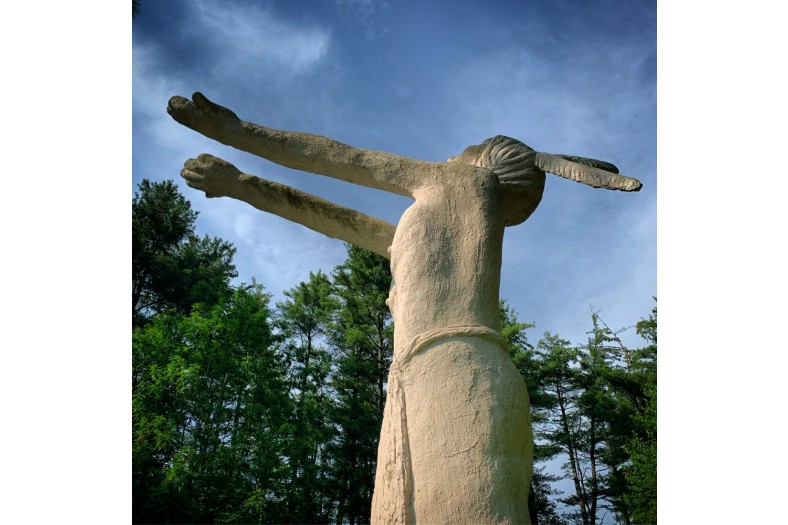
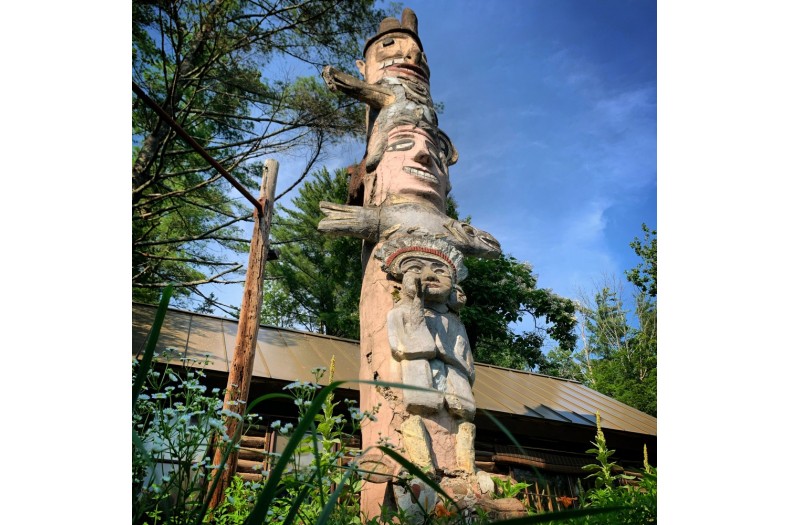
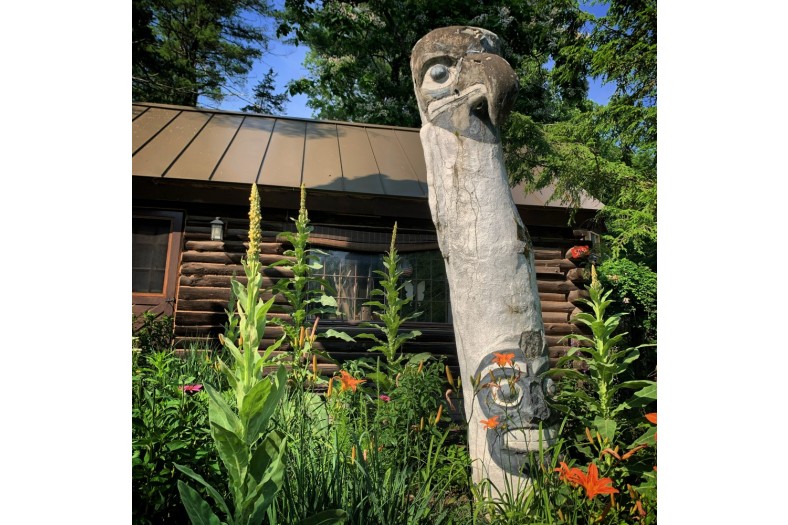
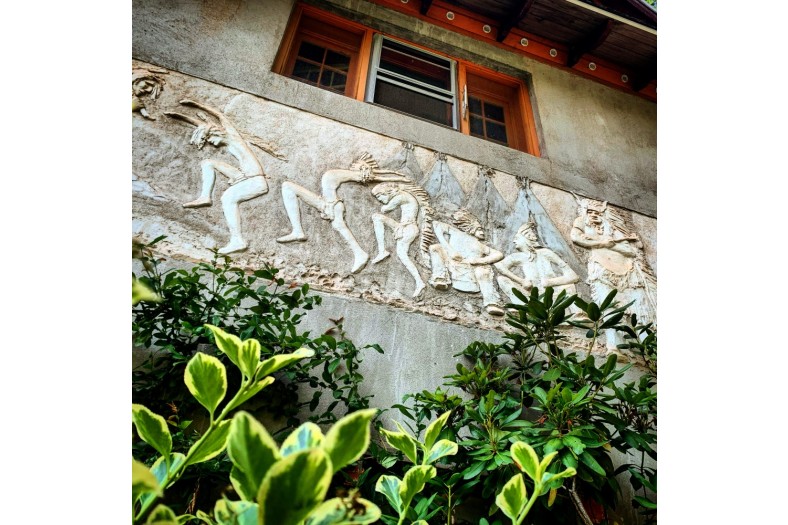
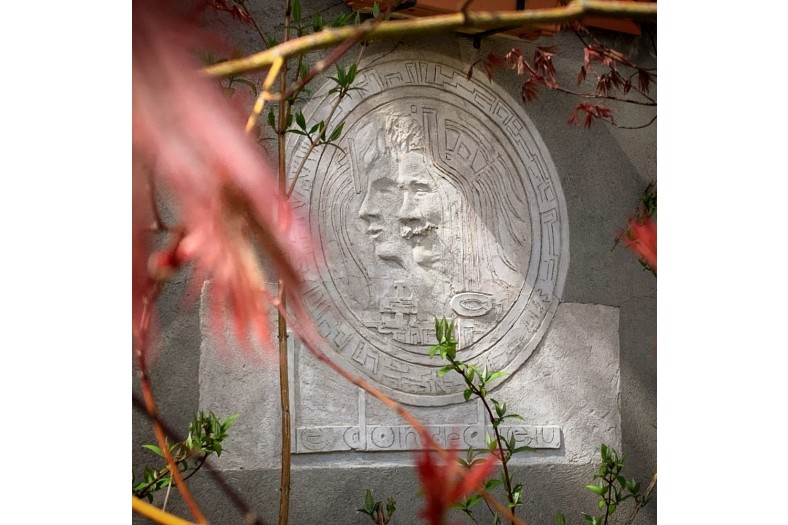
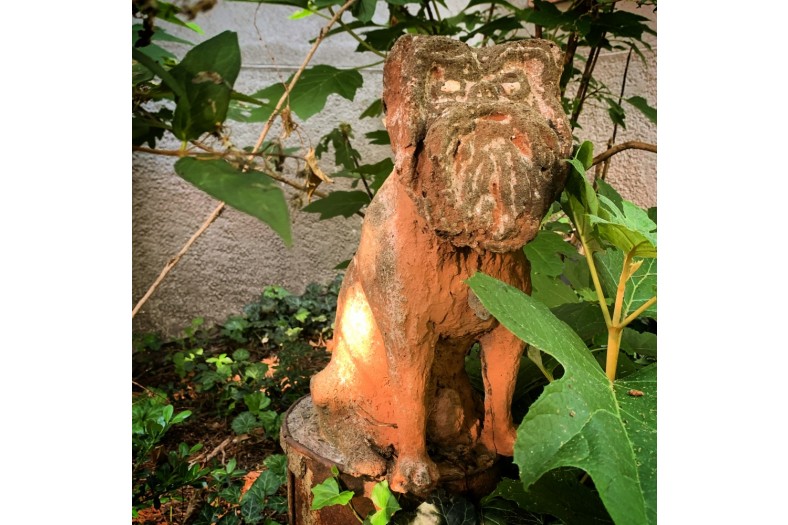
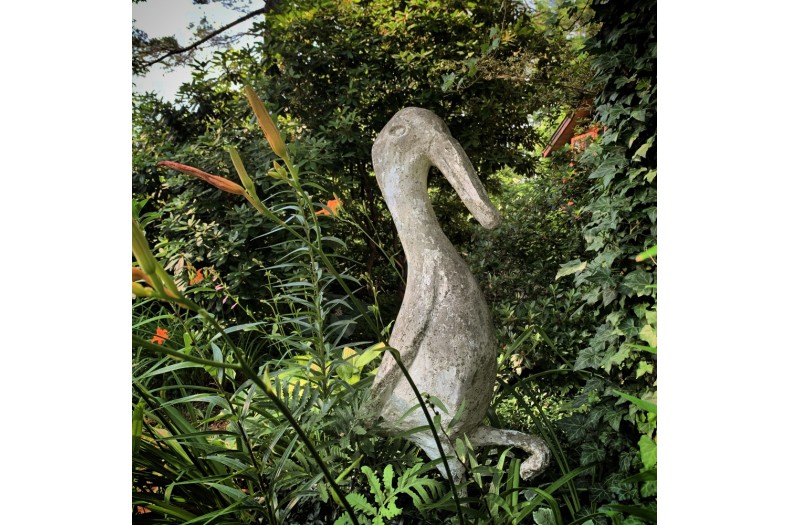
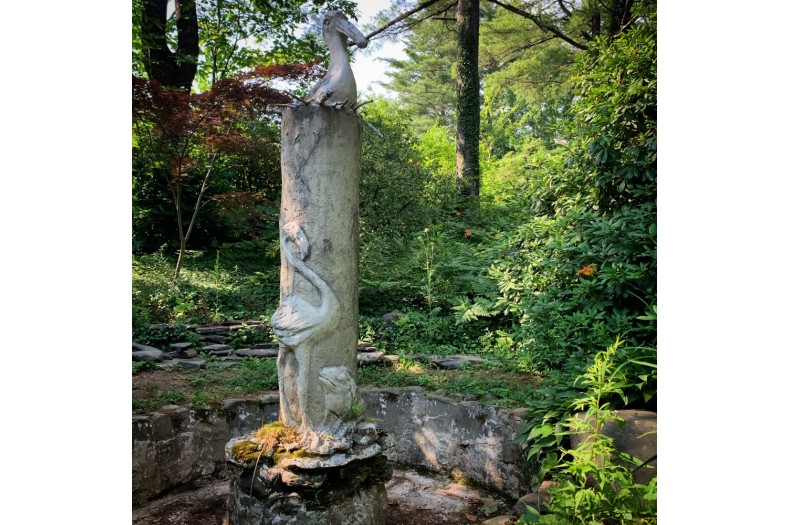
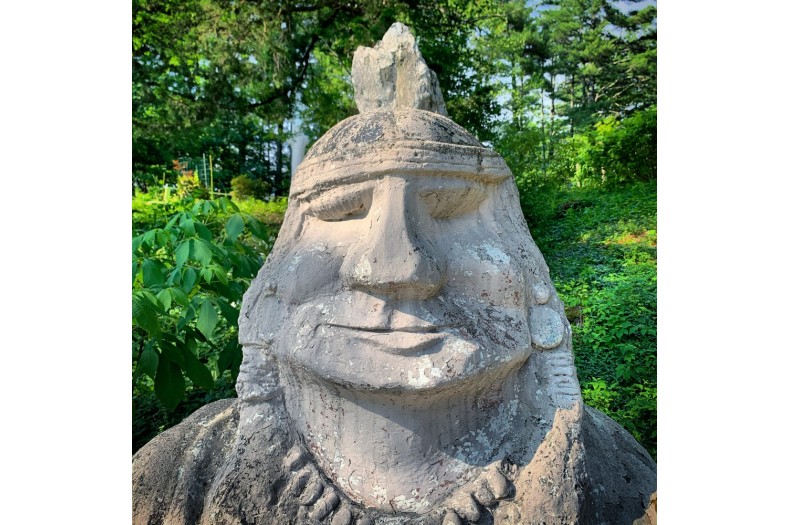
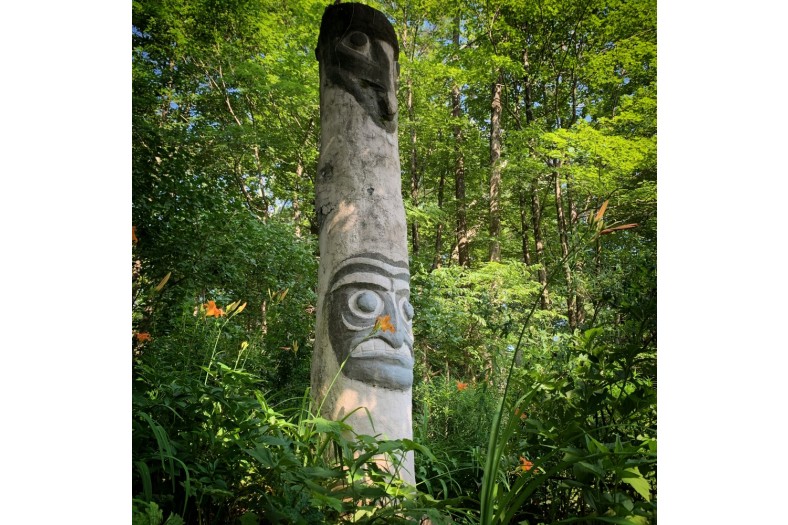
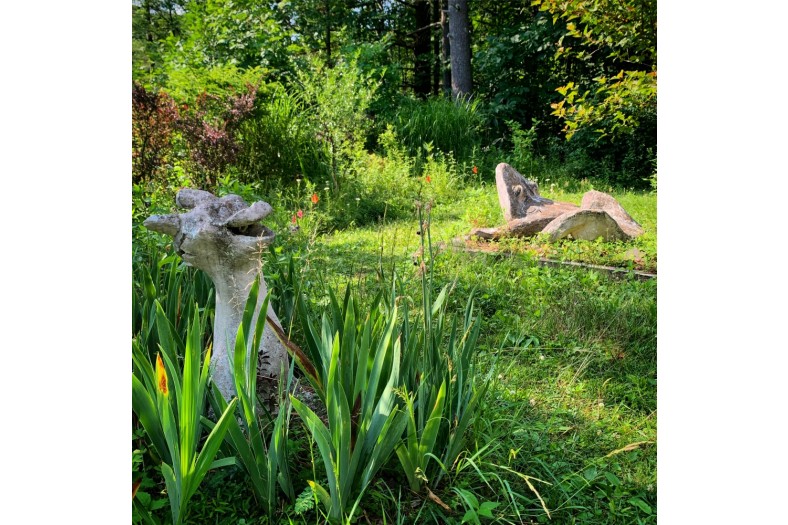
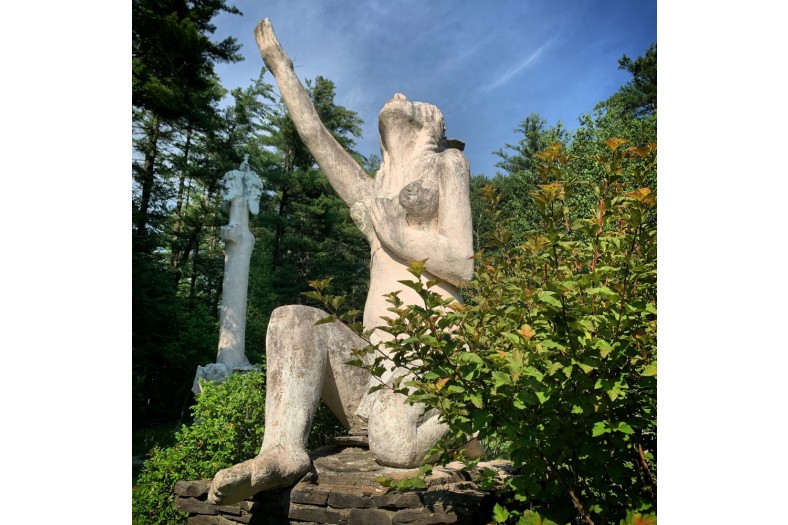
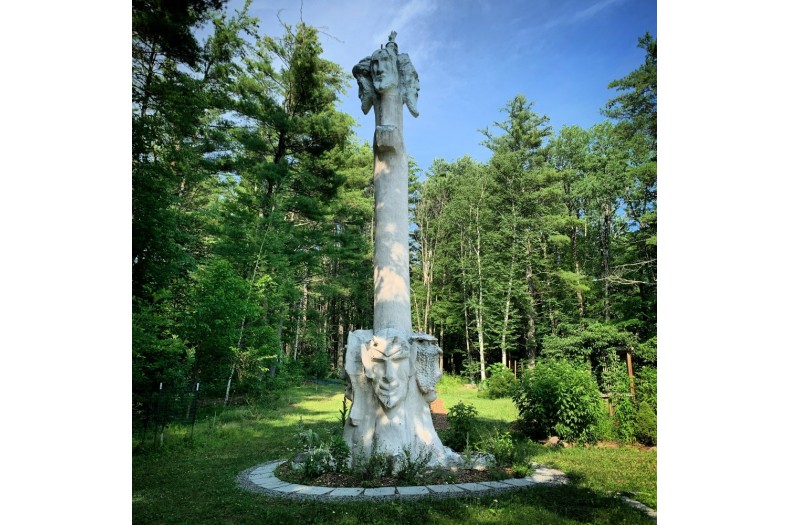
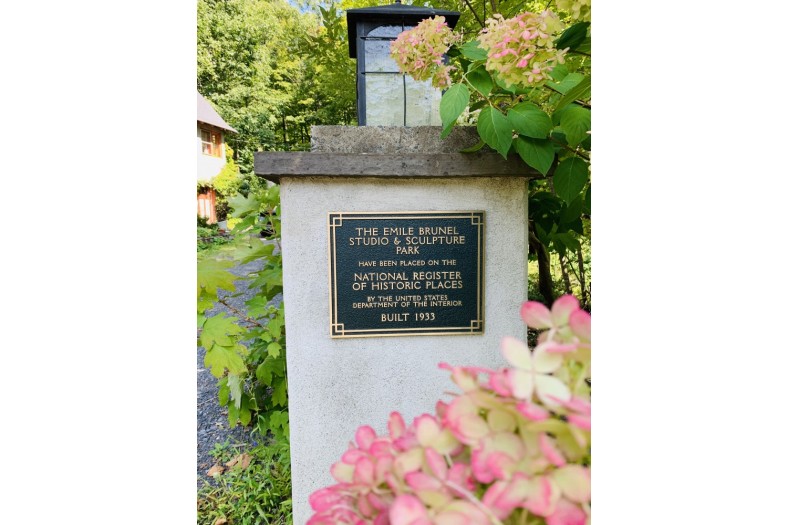
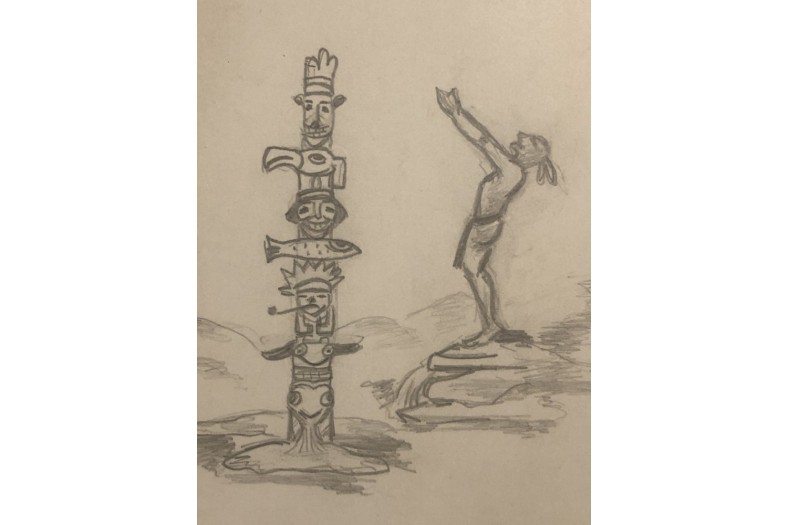
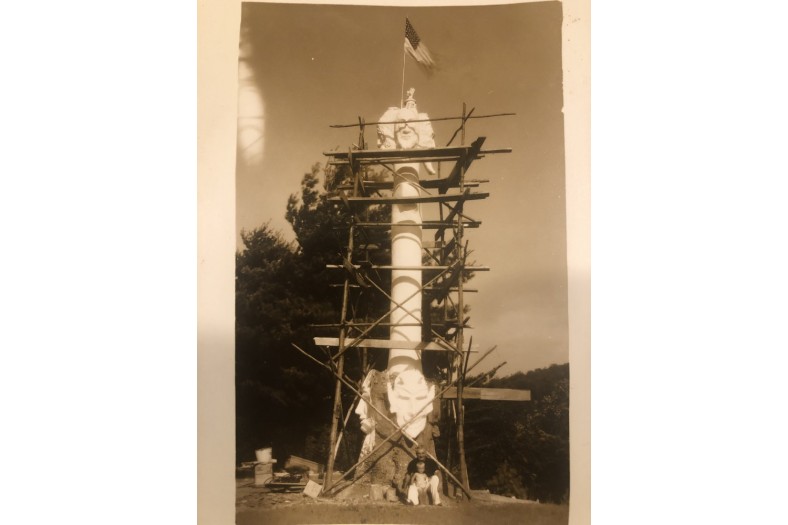
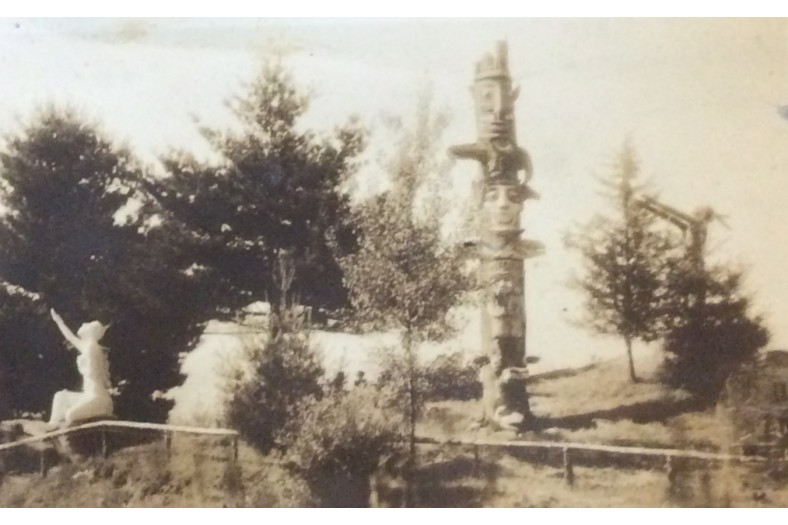
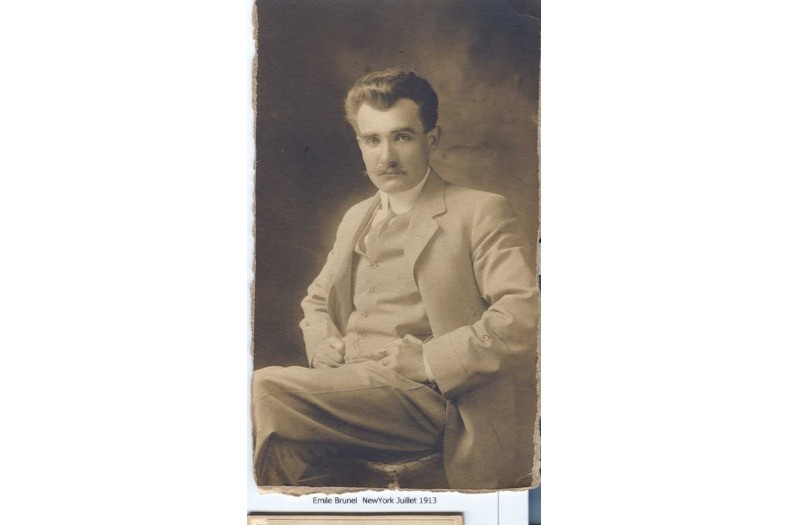
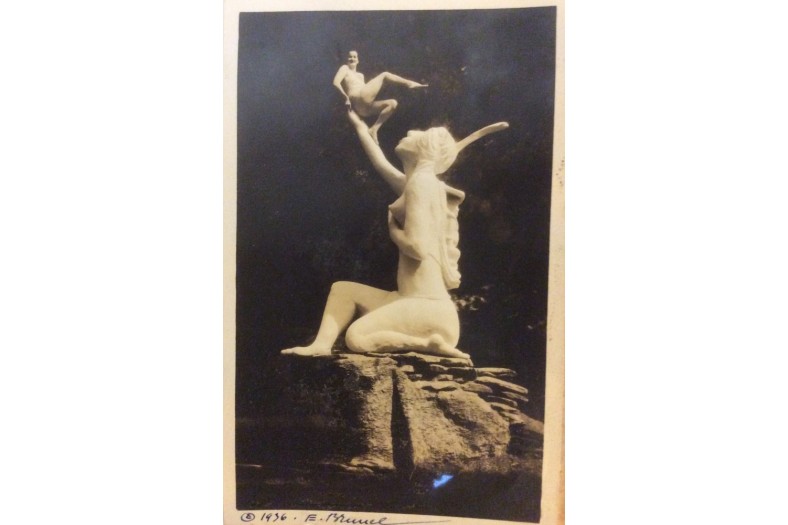
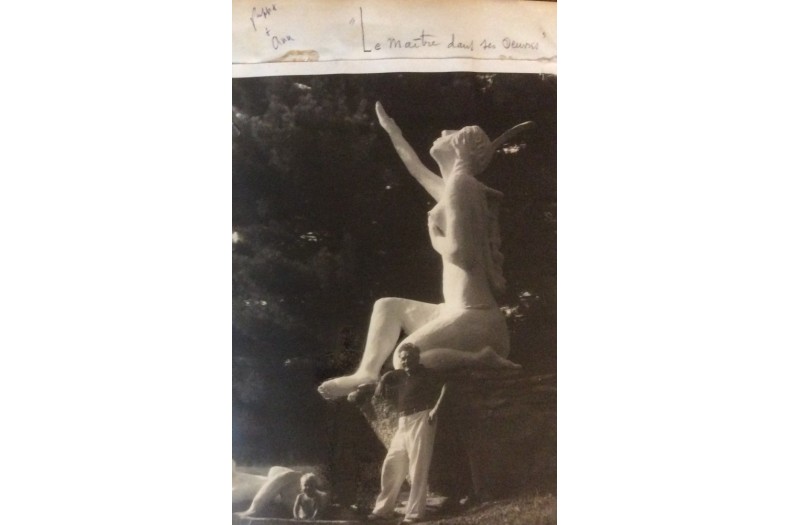
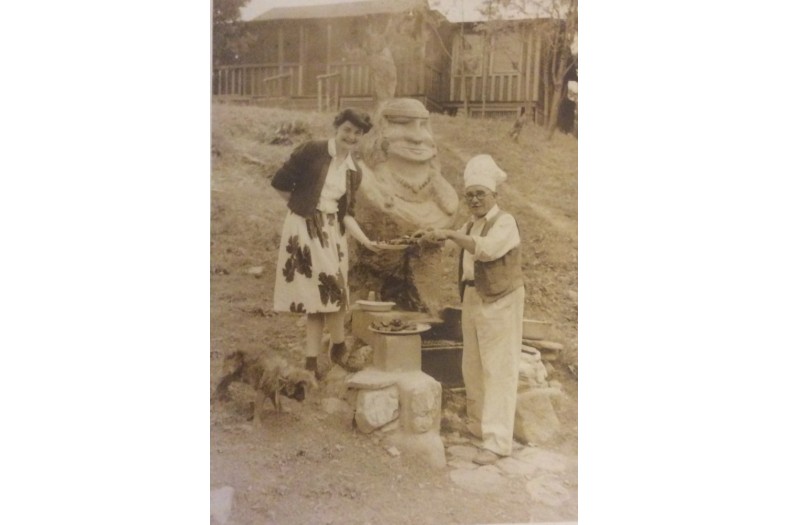
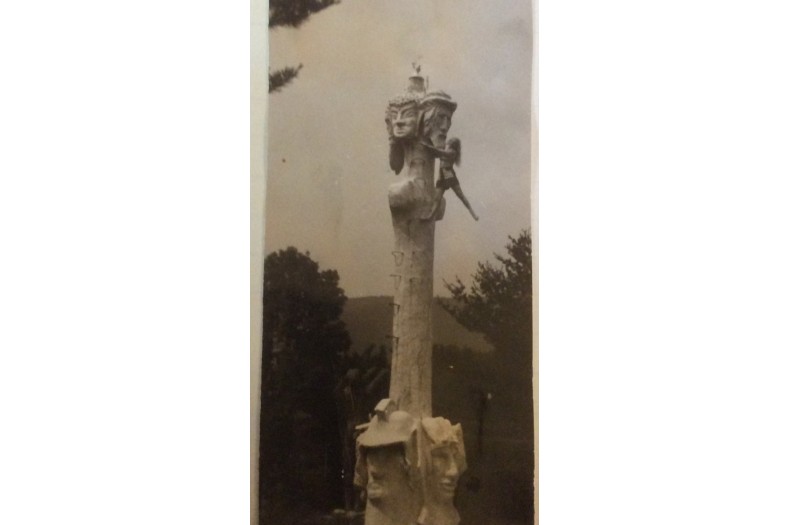
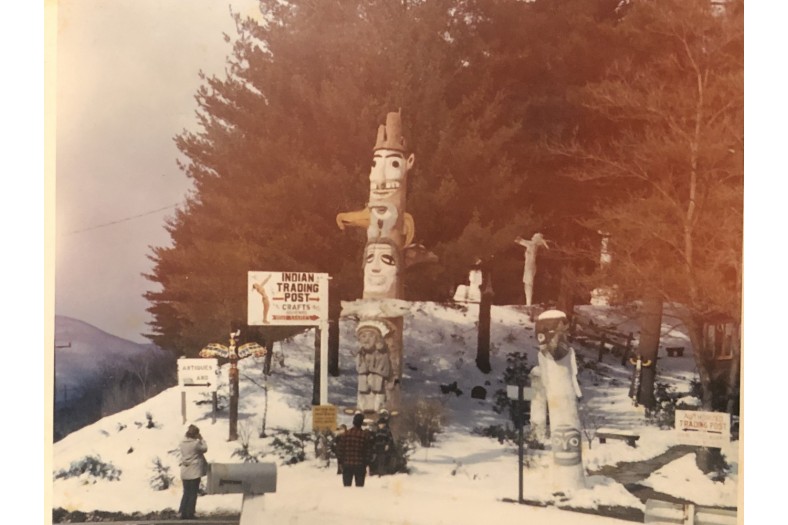
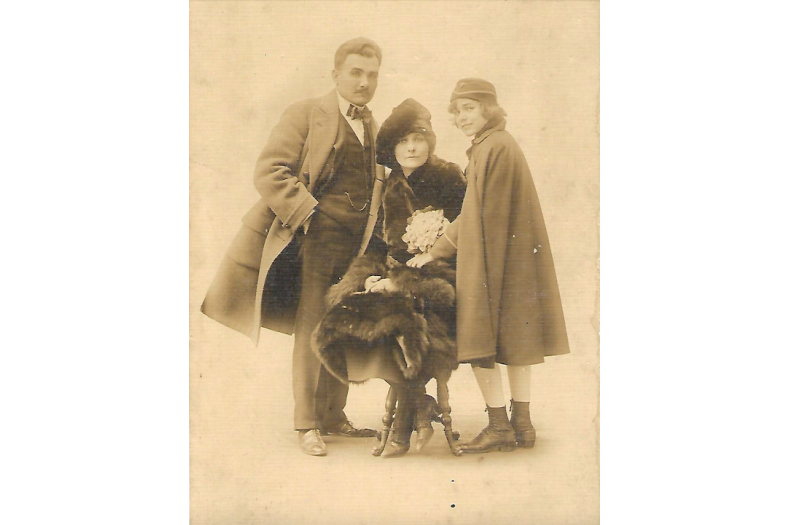
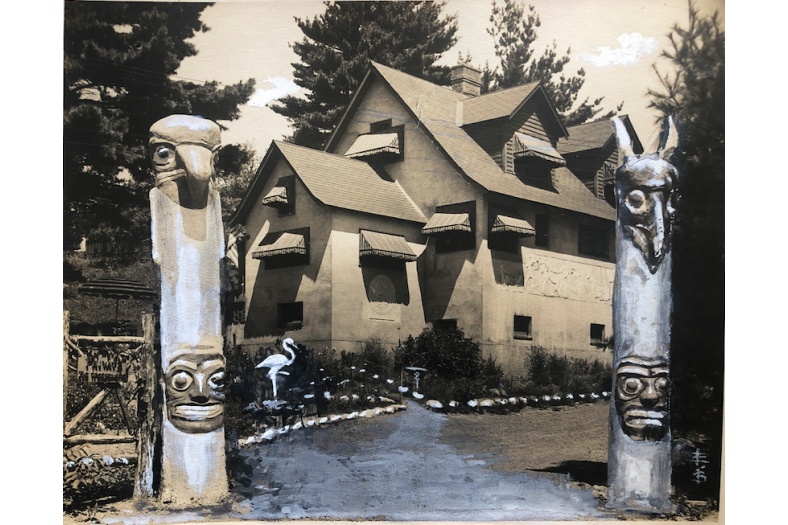
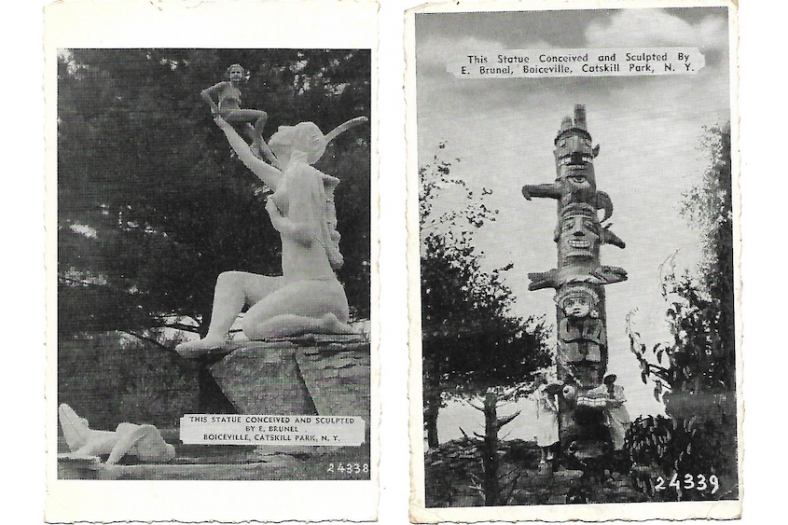
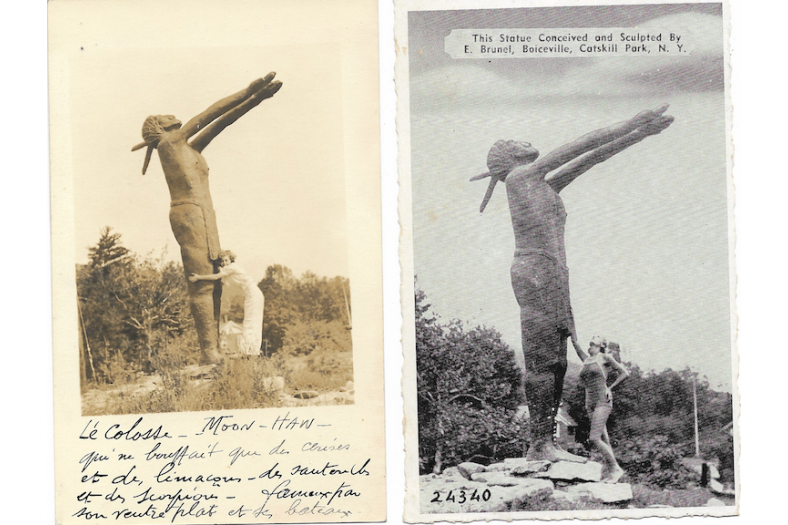
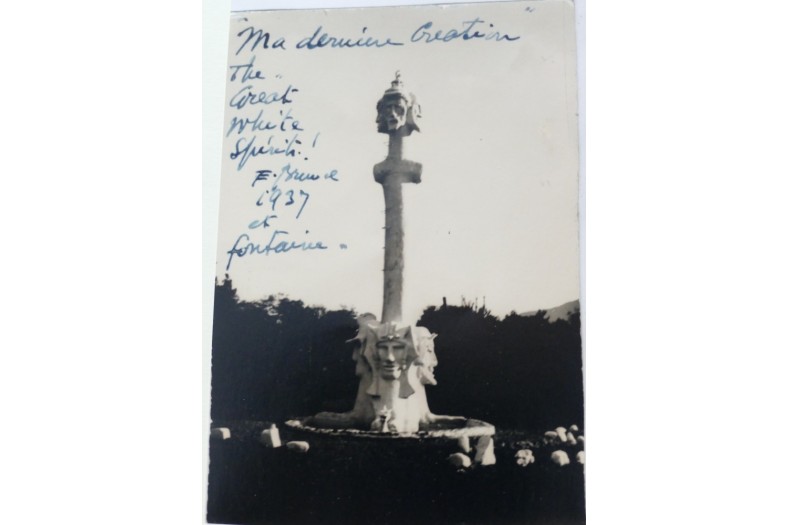
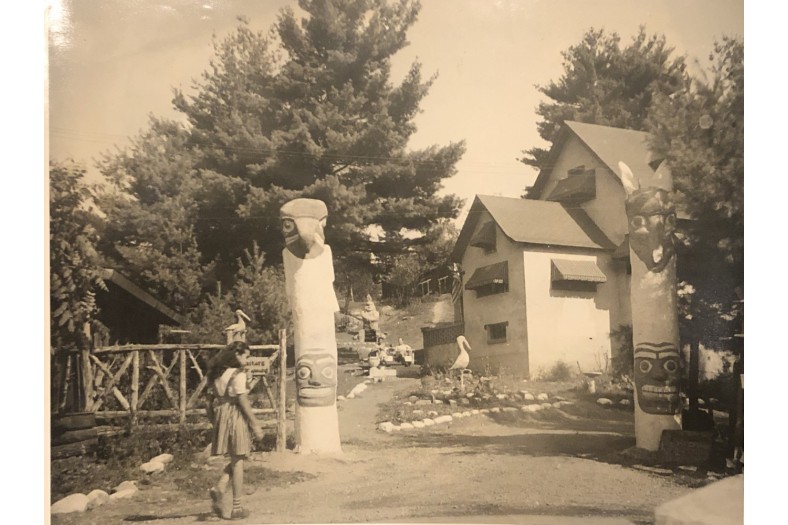
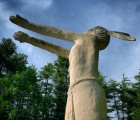
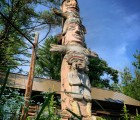
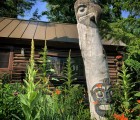
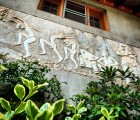
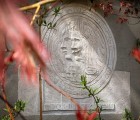
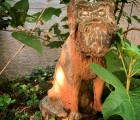
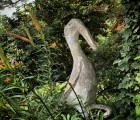
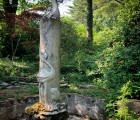
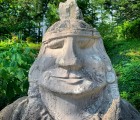
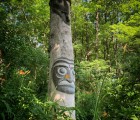
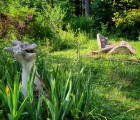
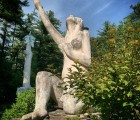
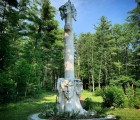
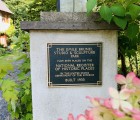
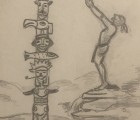
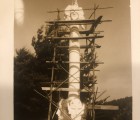
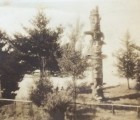
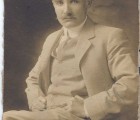
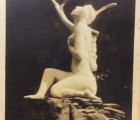
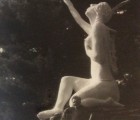
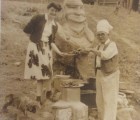
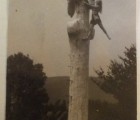
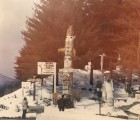
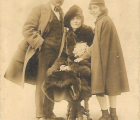
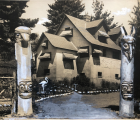
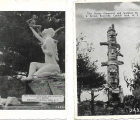
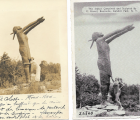
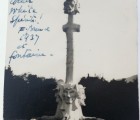
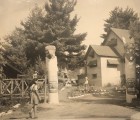
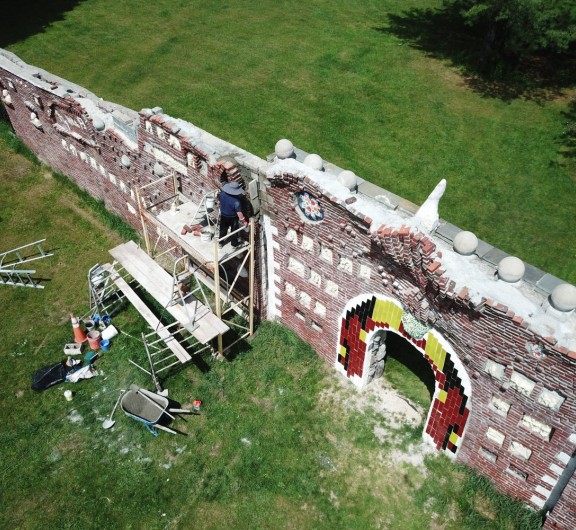
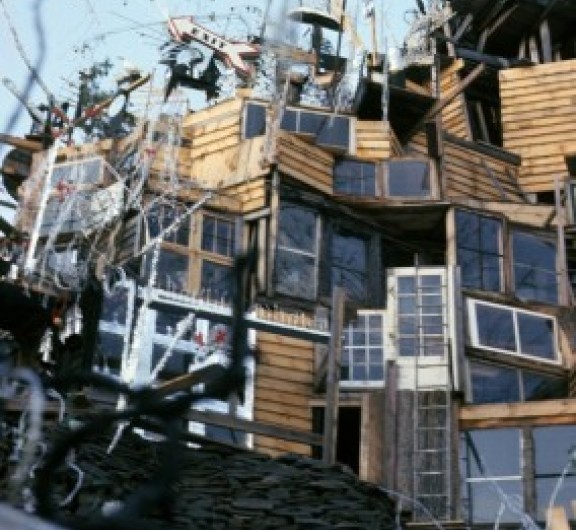
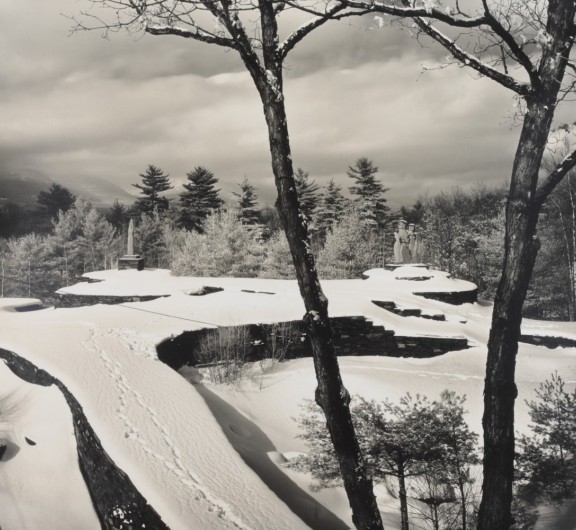
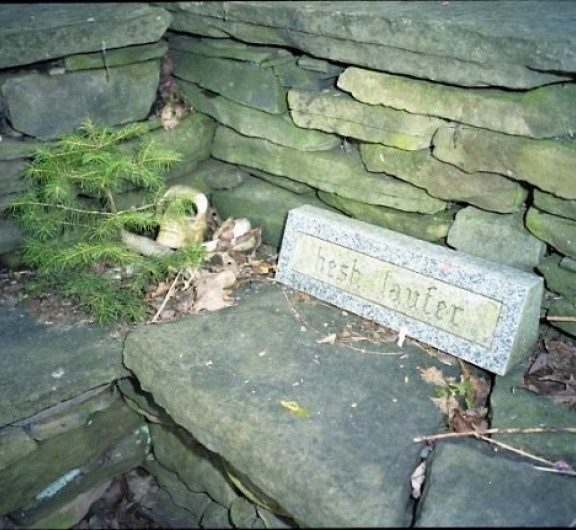
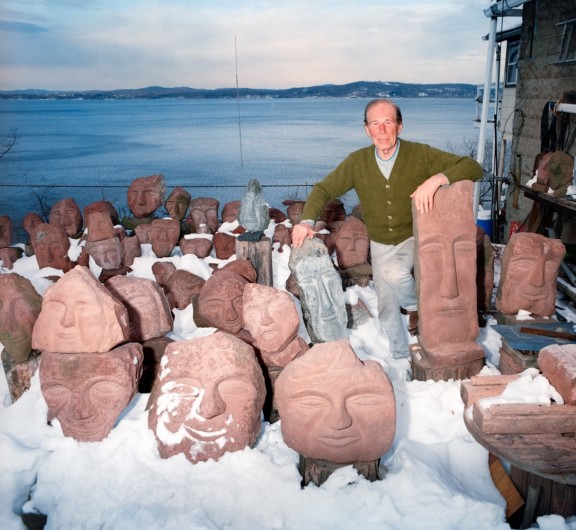

Post your comment
Comments
No one has commented on this page yet.